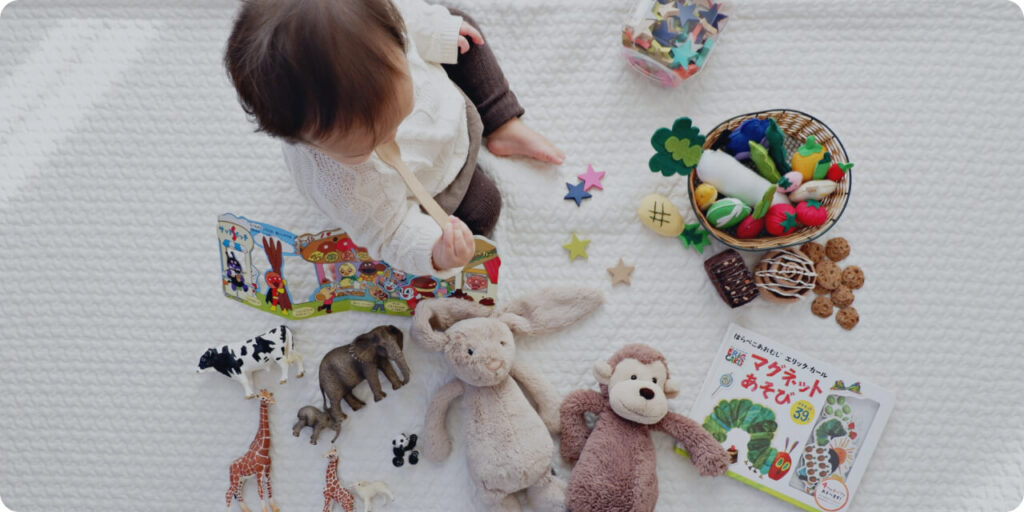Starting preschool can be an overwhelming experience for any child, but for those with sensory processing challenges, the bright lights, loud noises, and new textures can be especially difficult. Here are some ways to support your child and help them thrive at school.
1. Communicate with the Teacher
Speak with your child’s teacher about their sensory needs before school starts. Share what triggers overwhelm them, what helps them calm down, and any strategies that work at home.
2. Prepare Them for New Experiences
Change can be difficult for children with sensory sensitivities. Use books, pictures, or a visit to the school to help them know what to expect. Talk about classroom noises, playtime, and different textures they might encounter.
3. Create a Sensory Toolkit
If allowed, send a small kit with items that help your child self-regulate, such as noise-cancelling headphones, a fidget toy, or a weighted lap pad. These can offer comfort in overwhelming moments.
4. Practise Sensory-Friendly Outings
Get your child used to different sensory experiences in a safe way. Visiting parks, libraries, or playgroups can help them gradually adjust to the sounds, sights, and social aspects of preschool.
5. Develop a Goodbye Routine
Transitions can be tough. A predictable goodbye routine (like a hug and a special handshake) can make drop-offs easier and provide reassurance.
6. Watch for Signs of Overwhelm
If your child becomes overstimulated, they might shut down, cry, or show frustration. Work with their teacher to find quiet spaces or calming techniques they can use when they need a break.
7. Encourage Self-Regulation
Help your child learn to express their sensory needs. Simple phrases like “Too loud,” “I need a break,” or “I don’t like this texture” can help them communicate what they need to feel comfortable.
8. Be Patient and Celebrate Progress
Some days will be harder than others, but every small step is a victory. Celebrate the little wins—whether it’s playing with a new friend, participating in an activity, or handling a new sensory experience.
With the right support and understanding, children with sensory processing differences can have a positive and fulfilling preschool experience!

